How to dance the cueca
Learning Experiences: Dancing Cueca in Chile
Swing that handkerchief! Learning Chile’s national dance.
Clap, clap, step, step, swing handkerchief overhead… don’t fall, step again, now circle your partner… forward, back and think like a hen…
When most people think of dances from Latin America, visions of tango and salsa come to mind. While living in Santiago de Chile, I learned that these are not the only two options. While those styles of dance are quite popular in South America, the skinny Andean nation prides itself on another less-known, traditional dance called cueca.
Along with Chile’s great wine and talented poets, the cueca is an integral part of the cultural heritage. Every Chilean dances or has danced cueca at least once in their lives. It is done at weddings, parties, and family gatherings, and it is even taught to kids in elementary school.
Though it may not have the international status of other dances from Latin America, Chileans consider the cueca a great source of national pride.
Dancing cueca on the 18th of September is one of the most important ways of demonstrating Chilean pride, if not the most important. The 18th and 19th of September are known as “Fiestas Patrias” (independence day celebrations), or simply “dieciocho” (eighteen), in Chile.
And when it comes to celebrating the national Independence Day, Chileans know how to party. Officially the 18th is two-day celebration, but it is often unofficially stretched out for an entire week. During this time in Santiago and all over the country, parties large and small pop up in the form of “fondas”, temporary locations where people go to eat, drink, dance and be merry.
Last year on the 18th of September, I found myself at Parque O’Higgins, the largest park in Santiago, where numerous fondas had been set up, including “Viva Chile!”, the official fonda of the city municipality. Each fonda was set up with its own food area, bar, dance floor and bands.
Imagine 20 different parties celebrating in one location, some geared towards families, other towards younger people, all in the name of the glorious motherland.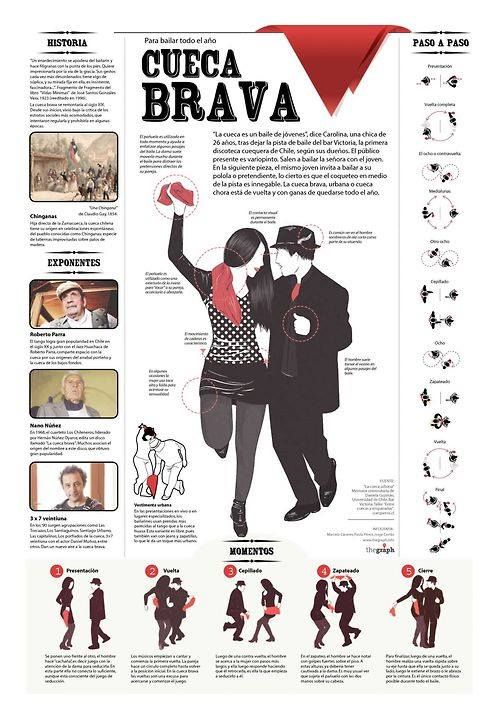
Upon walking into the crowded park I doubted that any of my experiences in Chile would ever be as “Chilean” as this. The air was filled with smoke from the barbeques cooking up choripan (sausage on bread) and anticucho (spears of shish-kebab), the sound of music could be heard from all parts, people in traditional clothing were proudly showing off their costumes and make-shift stages were filled with cueca competitions and performances.
A few friends and I were sitting around a table watching the festivities while drinking copious amounts of chicha and pisco (two traditional Chilean alcoholic beverages both made from grapes), when my Chilean friend suddenly grabbed my arm and announced that he would teach me to dance cueca. Intimidated by the seasoned cueca pros around me, I shook my head and tried as hard as I could to resist.
But alas, the rhythm of the music got to me so I accepted his invitation and stepped onto the dance floor praying that I wasn’t going to embarrass myself..png) Someone handed me a white handkerchief and it began.
Someone handed me a white handkerchief and it began.
Humble yet subtly flirtatious, the cueca is intended to portray the mating rituals of a chicken and a rooster. Dancers in pairs wave handkerchiefs above their heads, which are meant to signify bird feathers or the rooster’s comb, and move around each other in circles. There isn’t much touching going on and all of the flirting is done with body movement, facial expressions and eye contact.
I followed my partner and tried to copy the other ladies around me who were glancing at me every so often with encouraging smiles. For the first few moments I felt terribly self conscious and awkward. But then as band played another song, I actually found myself getting into the rhythm and really enjoying myself.
I’m sure my cueca was terrible, but I afterward I loved doing it. For those few songs that I danced to, I felt like I was sharing something very important with Chileans all over the country. When you dance cueca, it doesn’t matter if you’re young or old, rich or poor, from northern, central or southern Chile. All that matters is that you’re Chilean, you love your country and you cueca proudly to show it.
All that matters is that you’re Chilean, you love your country and you cueca proudly to show it.
Community Connection
Got Chile on the brain? Check out 10 reasons to base your study abroad experience in Chile. Or have a look at what people are listening to in Chile and 8 natural wonders of Chile. And don’t forget about Chile’s best coastal towns.
Learn to dance "La Cueca"! Lessons are Held The Last Sunday of Each Month, 3 to 8 pm @ Caff D'Melanio. Families & Kids Welcomed.
| |||||||||||||||||||||
Head
Famous folklore of the people
"Throughout the state, among the common people, it has long been the custom to sing Russian dances in the fields and to the singing of girls and women. ... In all the dance art of Europe, one cannot find such a dance that could surpass the Russian village dance, if it is performed beautifully a teenage girl or a young woman, and no other national dance in the world compares to this dance in attractiveness.
... In all the dance art of Europe, one cannot find such a dance that could surpass the Russian village dance, if it is performed beautifully a teenage girl or a young woman, and no other national dance in the world compares to this dance in attractiveness.
The Korobeiniki team was founded in 1995.
Our dance group consists of people of different ages: from 18 to 52 years old. We are a big friendly family, like in a Russian village. This village has its own several couples. Their children also continued the traditions of their parents and also dance. In 2016, we performed at the international competition - the festival "Theatre Assemblies" with the dance "Quadrille", in which we received laureates of the second degree. We have been participating in the "Our Moscow Region" Governor's Award for three years. We perform at city events and holidays of the Moscow Region of the city of Staraya Kupavna. In addition to Russian folk dances for events, we are ordered to do a pop dance for a certain holiday or as part of the Year of Literature, the year of Russian cinema, a play or a thematic concert.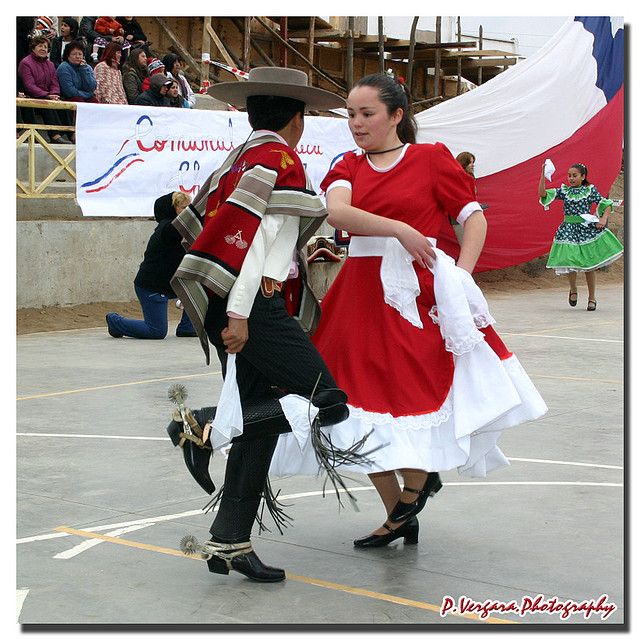
We are waiting for everyone who wants to dance Russian folk dances to our Korobeiniki team!
Head phone +7 (926) 281-60-53
PN
W
CP
PT
SB
Sun 9000
1
2
3
4
5
6
7
8
9
10
11
12
13
14
15
16
17
18
19
20
21
22
23
24
25
26
27
28
29
30
31
"The Tale of the Enchanted Snow Maiden" December 17, 18 at 17:00
Links
Official website of the city Staraya Kupavna
http://mo-stkupavna.ru/
Ministry of Culture of the Moscow Region
http://mk.mosreg.ru/
Ministry of Culture of the Russian Federation
http://mkrf.ru/
Culture.rf. Unified portal for the promotion of the cultural heritage of Russia
http://www. culture.ru/
culture.ru/
Official website of the Administration of the Bogorodsk city district of Moscow Region
http://bogorodsky-okrug.ru
Official website of the Department of Culture
http://kultuprav.ru/
explain.rf
https://explain.rf/
Site map
By continuing to use this site, you consent to the processing of your personal data.
How the stars go out: Kuku Morei, the famous Indian dancer, died in oblivion and poverty | Bollywood time
Anglo-Indian actress Kuku Moray was a major dance star in Indian cinema in the 1940s and 1950s. Her first big screen appearance was Mujrim (1944), followed by Pehli Nazar (1945) and Arab Ka Sitara (1946).
In Mehbub Khan's romantic melodrama Anokhi Ada (1948), she performed a key dance number and became incredibly popular.
It was Kuku who made cabaret dancing famous with her performances in the films Bazaar (1949) and The Tramp / Awara (1951).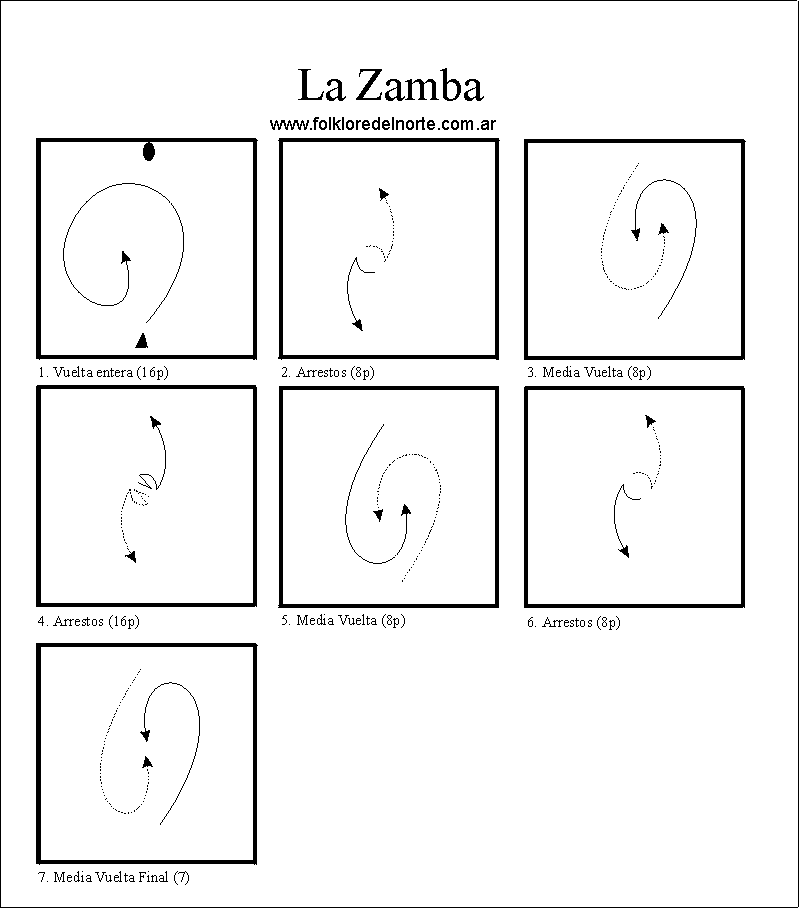
60s-70s dance star Helen shared in her interview:
“I met Kuku when I was in boarding school. Or rather, my mother met her family and, looking at Kuku, she had a burning desire that I also come to the film industry. I was then 12-13 years old, and I did not dream of acting in films. My only dream was to have fun with my friends and go to school. But my mother was sleeping and saw me in the industry. So thanks to Cook, I became a dancer.”
Kuku helped young Helen establish herself in the world of Hindi cinema. The first was Shabistan (1951), where 15-year-old Helen danced in a band. At first it was only a backup dancer, but later Bimal Roy chose Kuku and Helen for a duet in his film Yahudi (1958), followed by Heera Moti (1958).
Mehbub Khan , which opened the dance talent Cook , gave it an excellent opportunity to show her acting game in the film Reputation / Andaz (1949) from Nargis , ROMAROL and and and and and and and and and and and and and and and and Cap.
Kuku quickly established herself as the best dancer of her time and became quite a sought-after actress, getting 6,000 rupees per song alone (big money in the 50s!).
According to contemporaries, Kuku lived a rich and extravagant life. She had three cars, one of which was only for taking her dogs for a walk.
In the 1950s, her filmography grew significantly. Aan (1952) by Mehboob Khan was the only color film in which she danced.
Kuku Indian dancerIn the early 1960s, Kuku abandoned films as the dance scene became more competitive and other girls came to the fore.
One of them was Helen , her protégé who dominated Bollywood for a long time. Kuku taught Helen how to dance, although she herself had never trained professionally and was self-taught.
Her last film was Mujhe Jeene Do (1963), after which she disappeared from the film industry.
After leaving cinema, Kuku lived a hard life and faced many financial difficulties.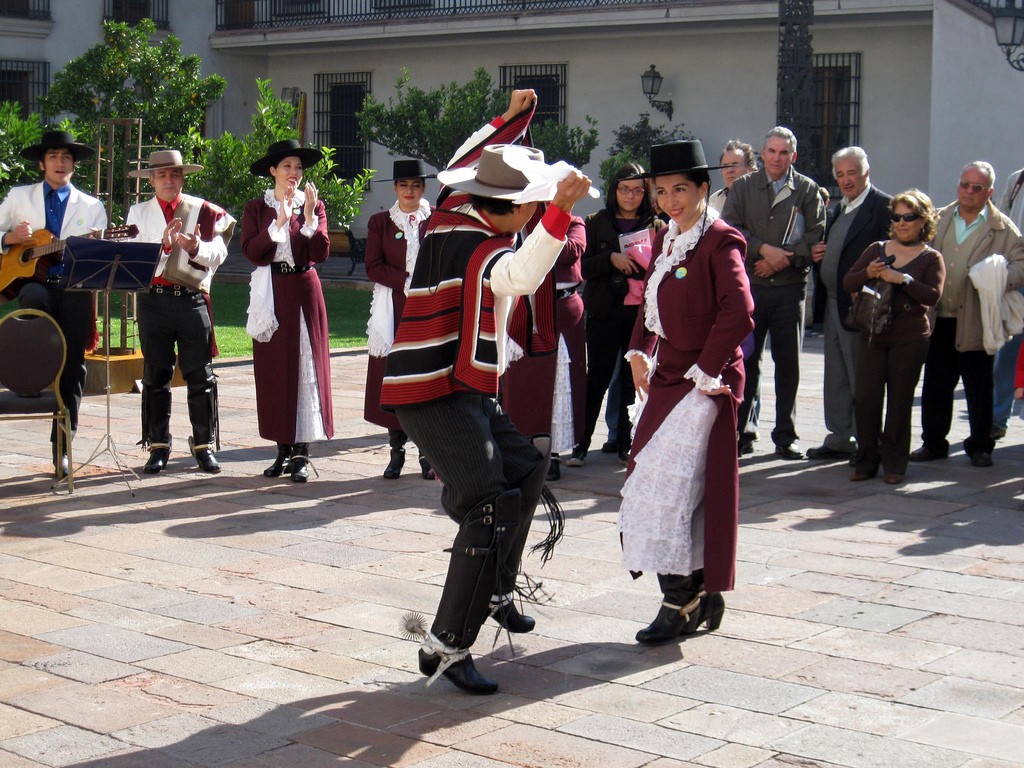
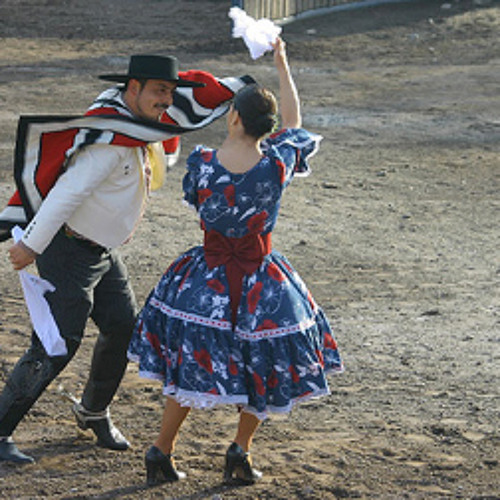
 com
com


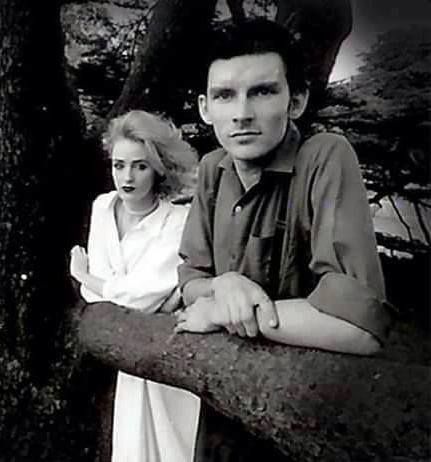

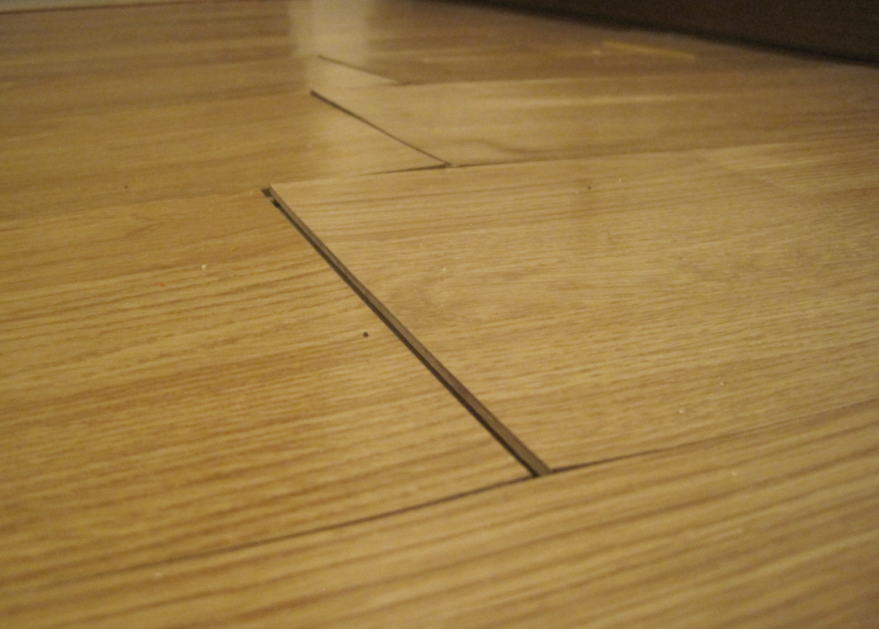
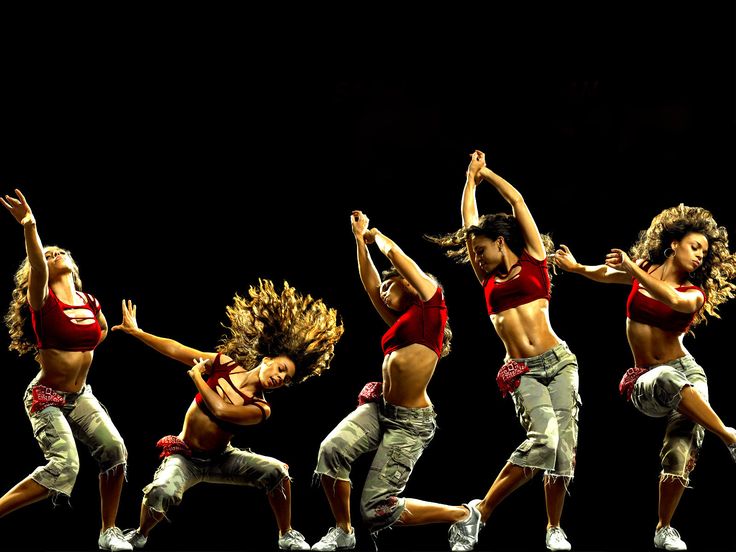
-Step-17.jpg/aid1640374-v4-728px-Shuffle-(Dance-Move)-Step-17.jpg)



